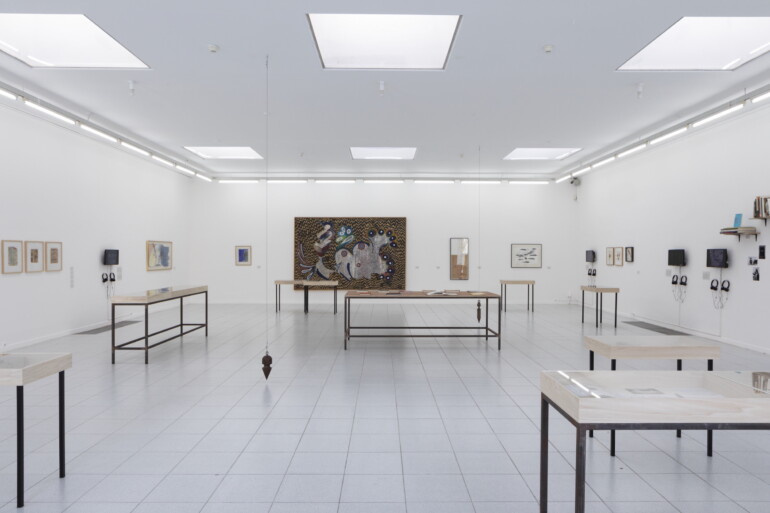Marina Abramović
The work of Serbian artist Marina Abramović primarily consists of video works and sculptural installations, deeply intertwined with her central practice: performance art. As a pioneer of the second generation of body artists, she relentlessly explored her physical and mental boundaries, often surpassing them. This demanding process can be seen as an externalization of critical themes such as identity, cultural differences, alienation, and gender. The connection between performer and audience plays a crucial role in her art, as Abramović delves into a realm of sharp contradictions, balancing reason and emotions, intimacy and excess, as well as aesthetics and brutality. She aims to liberate her body and mind from all constraints.
From 1976 to 1989, Abramović had an intense collaboration with German artist Ulay, who was also her life partner during that period. Together, they engaged in physical experiments involving two bodies relating to each other in a dialectical play of contrasts on a conceptual level. A well-known series of performances from 1976 to 1981 titled Relation Works, explores internal and external relations between individuals. An offshoot of this series is the famous work Nightsea Crossing performed by the artists 22 times worldwide between 1981 and 1987. Over a total period of 90 days, they sat motionless in silence for hours each day, facing each other at a long table. It served as a form of silent protest against the materialistic mentality of the rapidly evolving twentieth-century Western society.
